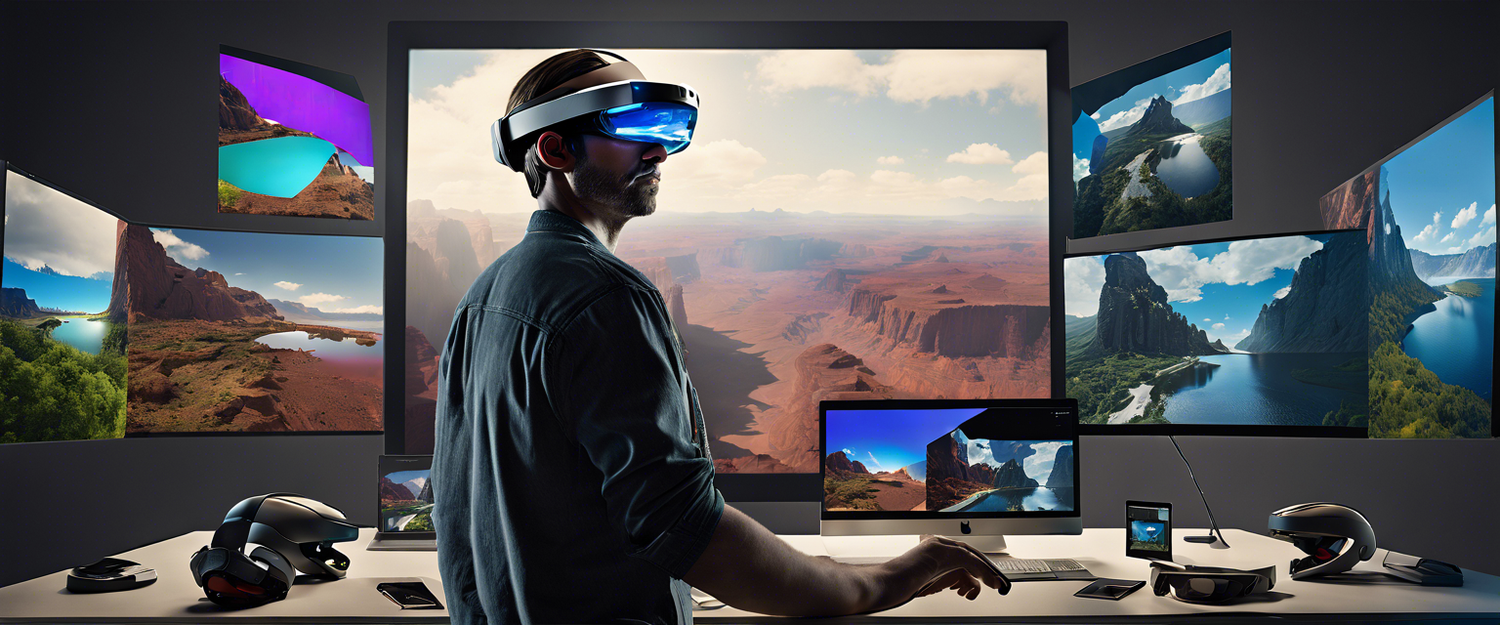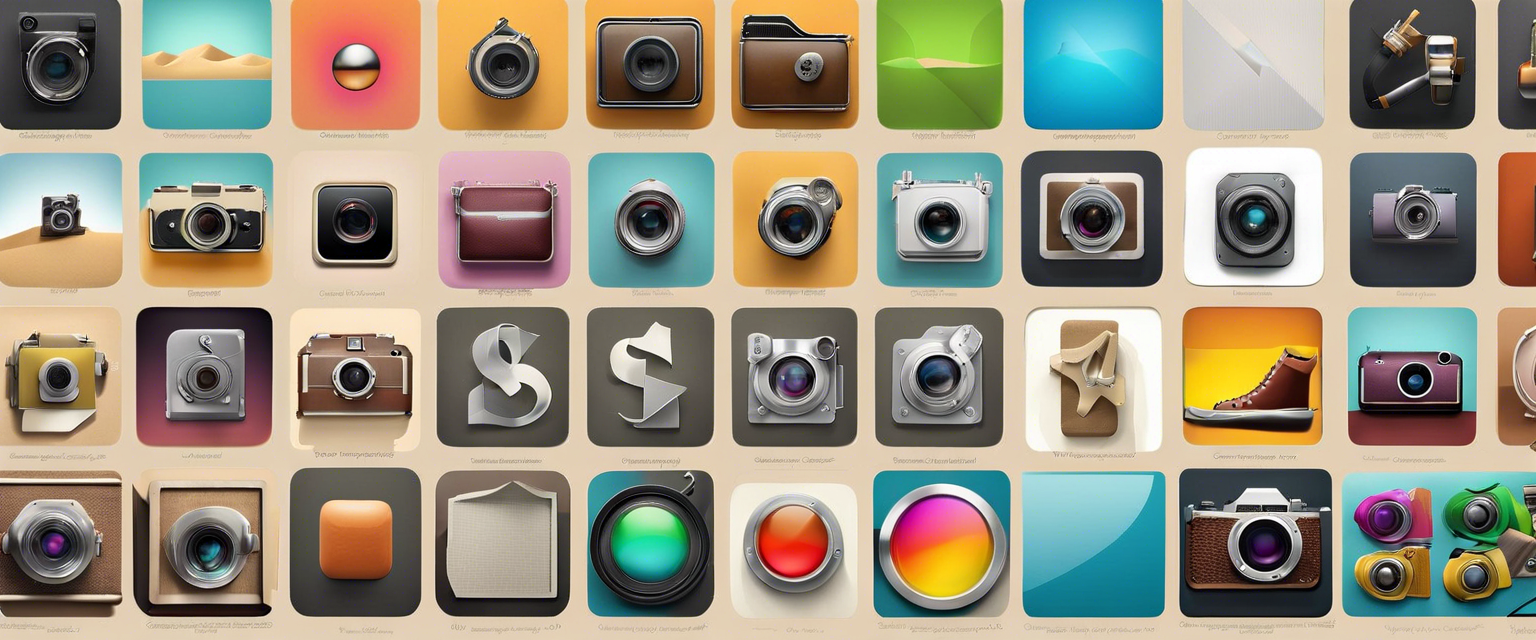The Evolution of Microsoft's HoloLens: A Leap into Augmented Reality
When I first tried Microsoft’s HoloLens headset, it was nothing short of revolutionary. Engaging with Minecraft on a coffee table, I was astounded as virtual explosions simulated real damage, making it seem like the table itself had been affected. The experience was so immersive that I had to lift the headset off to confirm there weren’t any real bats flying out of the walls. This moment in 2015 marked HoloLens as one of Microsoft’s most intriguing products in years, showcasing a glimpse of a future where our real world transforms into a canvas for holographic interaction.
Initial Impressions vs. Reality
At that time, the demonstrations of HoloLens, which included mind-bending experiences like walking on Mars, were far more dazzling than the reality of the product when it eventually launched in 2016. Microsoft’s initial demos utilized prototype units, which were tethered to a compact computer that you wore around your neck, ensuring that it was not just a headset, but a full package of innovative technology.
Challenges Faced by HoloLens
Despite the hype, HoloLens faced significant challenges upon its release. The actual experience did not meet the high expectations set by early showcases, primarily due to limitations in field of view and immersion. The $3,000 HoloLens that was shipped to developers in 2016 fell short in providing the kind of broad, immersive augmented reality experience that users had anticipated, illustrating that it would take years to refine and develop a headset that would offer genuine comfort, affordability, and an engaging augmented reality experience.
Future of Augmented Reality
While HoloLens pioneered the augmented reality space for Microsoft, the journey from prototype demos to real-world application highlighted the challenges of evolving technology. This experimental headset showcased the immense potential of augmented reality but also served as a reminder of the technology’s growing pains. As developers continue to innovate, the next iterations of AR technology promise to overcome these obstacles and reshape how we interact with both virtual and physical worlds.
Conclusion
In retrospect, Microsoft’s HoloLens was more than just a gadget; it was a starting point in the evolution of augmented reality. While the initial product did not live up to the expectations set by its demonstrations, it opened doors for future advancements in the realm of immersive technology. As the industry progresses, it will be exciting to see how augmented reality continues to evolve and integrate into our daily lives.



Laat een reactie achter
Alle reacties worden gemodereerd voordat ze worden gepubliceerd.
Deze site wordt beschermd door hCaptcha en het privacybeleid en de servicevoorwaarden van hCaptcha zijn van toepassing.